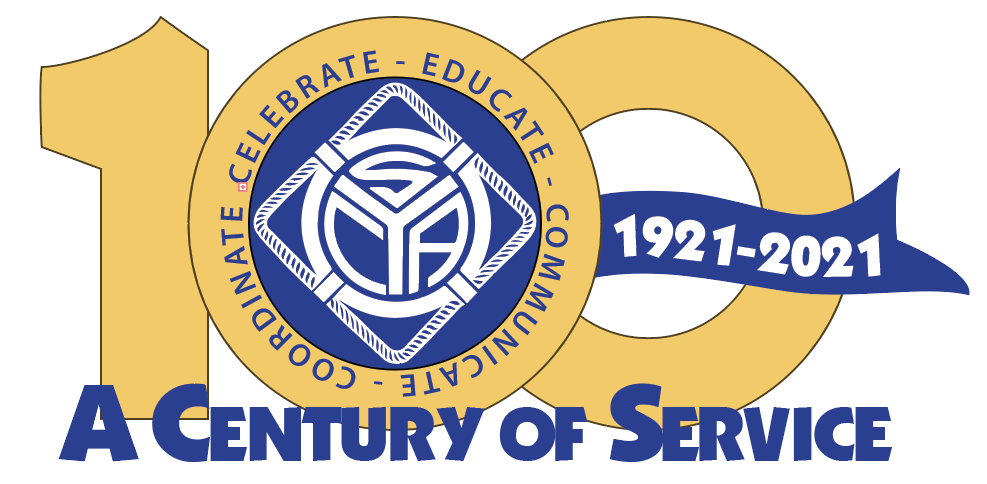RBOC REPORT TO SCYA
Issues Facing Southern California Boaters
February 2021
Submitted by Peter Phillips
Topics in Report:
- San Pedro Bay Kelp Beds
- 250% Increase of Boat Registration Fees
- Boating Input to CA Fund Deficiency Plan
- Western States Plan for Abandoned and Derelict Vessels
Call-to-Action – East San Pedro Bay – Preserve Ability of Boaters to Navigate Through Proposed Kelp Beds
RBOC has filed formal comments expressing concerns with the negative impact that the East San Pedro Bay Ecosystem Restoration project would have on recreational boating.
The project is the Draft Integrated Feasibility Report and Environmental Impact Statement / Environmental Impact Report pertaining to the East San Pedro Bay Ecosystem Restoration Feasibility Study of the City of Long Beach.
RBOC acknowledges and appreciates the objectives of this project to restore 18 square miles of the East San Pedro Bay from approximately the Port of Long Beach to Alamitos Bay in a manner that restores aquatic ecosystems in a marine environment, and that increases abundance and biodiversity of marine populations in East San Pedro Bay.
RBOC is concerned that elements in this project, which include additional rock habitat structure that would support kelp, eelgrass and other sensitive species or habitat types, would have a significant, negative impact on boating.
Specifically, and as clearly shown in the study materials, the project would place kelp beds in areas that are very popular for boaters throughout the region (see diagram below). These routes provide for safe navigation and have been extensively utilized for several decades. This will only increase in the future as key boating events are planned in this area that will provide both recreational opportunities and economic benefits for the region.
RBOC has therefore requested that:
- The RBOC organization be included as a stakeholder in any process going forward.
- The Tentatively Selected Plan (Alternative 4A) be revised to ensure that the negative impacts on recreational boating are eliminated as the project moves forward. The provisions are set forth on page 367, Lines 18-21.
RBOC has submitted comments to the Los Angeles District of the US Army Corps of Engineers.
For the RBOC comment letter including specific excerpts from the study that are of concern: click here
Governor’s Budget Proposes to Increase Boat Registration Fees
Governor Gavin Newsom on January 8 released his proposed budget for the fiscal year that begins on July 1. The proposed budget includes an increase in vessel registration fees from $20 to $70 every two years effective July 1.
RBOC has reviewed the proposal within our mission to advocate for the best utilization of boater funds for programs and services that directly benefit boaters.
RBOC is not in a position to support the Governor’s proposed plan to increase boat registration fees by 250% starting July 1.
The organization continues its requests for: data supporting the necessity for additional state revenues in an environment where boat registrations and revenues are increasing; a meaningful dialogue with stakeholders to identify efficiencies and improvements in current programs; and accurate information on the millions of dollars in fuel tax dollars and registration fees boaters pay to the state that are never placed into the Harbors and Watercraft Revolving Fund.
Stated RBOC President Winston Bumpus: “A 250% increase before these issues are resolved is putting the cart before the horse. RBOC will be actively advocating with the Governor’s administration including the Division of Boating and Waterways, state legislators and other stakeholders to resolve these issues before we can support such a dramatic increase.”
RBOC Requests Boating Input into Fund Deficiency Plans
California’s boating community, comprised of boaters and the boating industry, and as represented by our individual organizations, is quite concerned that the state may move forward with one or more proposals to revise the Harbors and Watercraft Revolving Fund [HWRF] in a process and with substantive provisions that could be detrimental to the state’s boating community.
Earlier this year, boating stakeholders were informed that there was a deficiency in the HWRF and that significant revisions were being considered to the boating programs and services that it funds, as well as the sources or amounts of revenues paid into the fund.
In order to help us engage in the best and most robust way possible, our communities have asked several specific questions about the HWRF and other expenditures by the Division of Boating and Waterways [DBW]. While we have received some feedback, we have not received the specific information that has been requested by a number of individuals and organizations both formally in public testimony, and informally in meetings and conversations.
It is critical that this state’s boating stakeholders have accurate information that is essential to our consideration of any proposed revisions. There are approximately 800,000 registered boats in California, and a vibrant $17 billion dollar per year industry.
ABANDONED AND DERELICT VESSELS (ADVs)
A report has been developed that is a compilation of recommendations designed to help west coast states develop and implement comprehensive programs to address the growing threat of commercial and recreational ADVs. This report builds on findings from extensive research into gaps and challenges confronting states on the topic of ADVs., including (but not limited to) the GAO’s 2017 Report Federal and State Actions, Expenditures and Challenges to Addressing Abandoned and Derelict Vessels available here. (https://www.gao.gov/assets/690/683713.pdf)
Recommendations in the ADV Blue-Ribbon Program for Western States address five key elements:
- Authority
- Prevention
- Public Outreach and Education
- Removal and Deconstruction
- Funding
This report is a product of the Task Force’s ADV Blue Ribbon Workgroup, comprised of ADV leads and Task Force representatives from Alaska, California, Hawaii, Oregon, and Washington. For a complete list of Workgroup members, please see p. 2 of the report.

